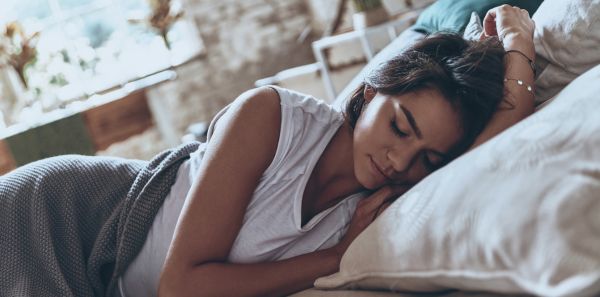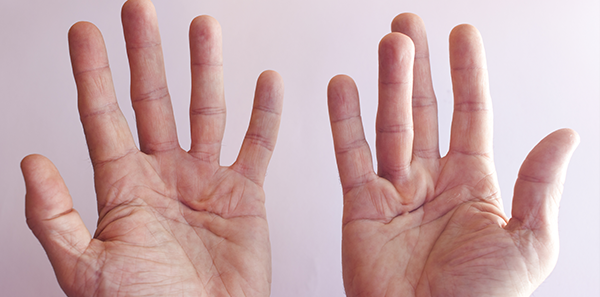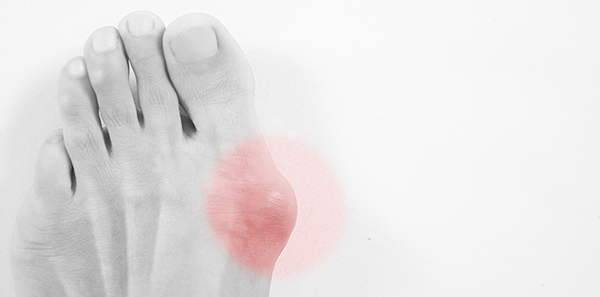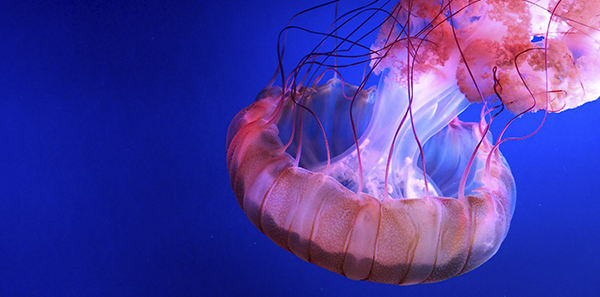
If your breathing stops and restarts repeatedly during sleep, you snore loudly and you feel tired or exhausted when you wake up in the morning, you probably have sleep apnoea.
Normally the people close to you notice it first. The symptoms are:
- Loud snoring.
- Panting and pauses while you’re still asleep.
- Nocturia (you get up many times to urinate during the night).
- Fatigue and exhaustion on waking. Daytime drowsiness.
- Morning headache. Irritability.
There are two possible causes:
- Airway obstruction or blockage: OSAS or OSA (Obstructive Sleep Apnoea). This is the most frequent and is due to an alteration in the musculature of the tongue, mouth or throat in the soft palate, causing airway blockage. The body’s organs (brain, heart, kidneys, etc.) receive less oxygen and CO2 is stored up. When the brain realises this, it issues a command to restore breathing. This cycle is repeated.
- Central Sleep Apnea: Failure in the area of the brain that controls breathing. The appropriate signals aren’t sent to the muscles that regulate breathing.
Risk factors
Sleep apnoea can lead to problems such as high blood pressure, cardiovascular disease and diabetes.
The most likely people to suffer are those who are obese or overweight, the elderly, smokers and night-time drinkers, or people who take tranquillizers, hypnotics or sedatives. It can also occur in people with anatomical disorders of the upper airways (nose, mouth, throat, etc.).
Treatment
Sleep disorder units, composed of different specialities (otolaryngology, psychology, pulmonology, neurology, etc.) are responsible for carrying out a multidisciplinary sleep study.
This is done with a test called POLYSOMNOGRAPHY, which uses brain waves to record oxygen levels, breathing and heart rates, as well as eye and leg movements. This means it monitors sleep stages and cycles and enables us to determine if sleep patterns are interrupted, as well as when and why.
The results inform the type of treatment required. The most frequent are:
- Surgery. If sleep disruption is caused by an airway obstruction, surgery is needed to correct it.
- CPAP. This is the most common treatment. It’s a machine that applies continuous positive pressure to the airways. A mask is worn over either the mouth and nose or just the mouth and slight air pressure is applied to keep the airways open at night.












